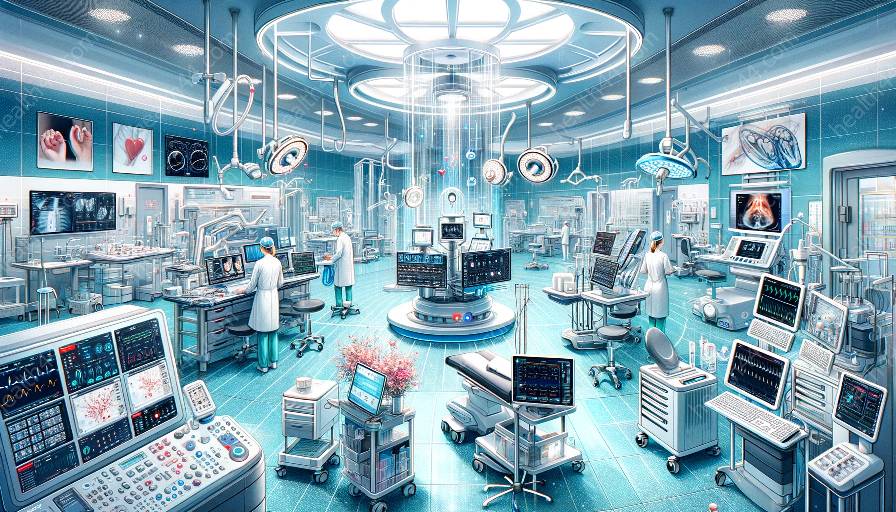Bioengineering and medical devices are two fields that intersect in the development and production of healthcare products. The synergy between bioengineering and regulatory and quality control standards for medical devices is crucial in ensuring the safety, efficacy, and compliance of these devices. In this topic cluster, we will delve into the impact of bioengineering on regulatory and quality control standards for medical devices, the challenges and opportunities in this intersection, and the future trends shaping this dynamic relationship.
The Role of Bioengineering in Medical Devices
Bioengineering plays a pivotal role in the design, development, and innovation of medical devices. It involves the application of engineering principles and techniques to solve problems in biology and medicine. From imaging technologies to prosthetic limbs and organ support systems, bioengineering has revolutionized the healthcare industry by creating cutting-edge medical devices that improve patient outcomes and quality of life.
Regulatory Framework for Medical Devices
As bioengineered medical devices become more sophisticated, ensuring their safety and efficacy necessitates adherence to stringent regulatory guidelines. Regulatory authorities, such as the U.S. Food and Drug Administration (FDA) and the European Medicines Agency (EMA), oversee the approval and monitoring of medical devices to safeguard public health. These regulations encompass pre-market approval, quality control, post-market surveillance, and compliance with international standards.
Quality Control Standards in Bioengineering
Quality control is paramount in bioengineering, particularly in the context of medical devices. Manufacturers are required to implement robust quality management systems to maintain consistency and reliability in the production of medical devices. This includes adherence to Good Manufacturing Practice (GMP) guidelines, validation of manufacturing processes, and conformity with ISO 13485 standards for medical device quality management systems.
Challenges and Opportunities at the Intersection
The intersection of bioengineering with regulatory and quality control standards presents both challenges and opportunities. Compliance with evolving regulations, technological advancements, and global harmonization of standards are key challenges. However, this convergence also opens doors for innovation, interdisciplinary collaboration, and the integration of emerging technologies into medical device design and manufacturing.
Future Trends and Innovations
The future of bioengineering and medical devices is characterized by transformative trends and innovations. Advancements in materials science, 3D printing, nanotechnology, and personalized medicine are driving the development of next-generation medical devices. Moreover, the increasing emphasis on value-based healthcare and patient-centric design is reshaping the landscape of regulatory and quality control standards for medical devices.


